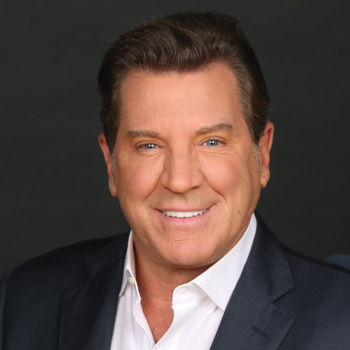By choosing Russell 2000 index options over options on the index ETF, the trader has less risk and equal profit potential, explains Josip Causic of Online Trading Academy.
This article will compare and contrast the Russell 2000 cash-settled index ($RUT) with the iShares Russell 2000 Index Fund (IWM). In order to do this justice, an identical option strategy, the iron condor, will be placed on each of them. Next, we will focus on the similarities, and then the differences will be emphasized.
See also: Basics of Iron Condor Options
Part 1: Lay of the Land
Figure 1 below shows weekly trades on $RUT and IWM that were placed on Thursday, March 29, 2012.
The specifics for each of these two trades are listed below in the next two figures.
Here is the iron condor on $RUT
Let us move on to the Russell 2000 exchange traded fund, IWM, which trades at one-tenth of the RUT value.
As Figure 2 and Figure 3 clearly show, the $RUT and IWM iron condor trades are very similar in terms of the rate of return (ROR). Hence, we are comparing apples with apples. Next, let us look at the similarities between these two trades.
Part 2: Similarities
Within this section, at least two similarities need to be addressed: implied volatility (IV), and average true (trading) range (ATR).
The IV reading on the $RUT at the time of the trade was 22.73. Similarly, the IV reading on the IWM was 22.42. Observe how similar they are.
Now let’s move on to the ATR, or the trading range for a week. Without showing the charts which anyone can pull up and verify, the weekly ATR for $RUT was 33 handles, while the weekly ATR on the IWM was 3.5, or about one-tenth of $RUT; another similarity.
Part 3: Differences
Once again, there are at least two differences that need to be addressed: commissions and risk.
Starting with the first one; if a trader’s aim is to earn the same amount of credit on the IWM iron condor as on the $RUT, then what contract size are we looking at specifically? Rounding the total credit of the $RUT to 1.00 instead of the exact 1.08, it is clear that on the IWM position, we would need to place four contracts, each about 0.25, to get one whole point. Those four contracts do not come free, so keep in mind that there would be three extra commissions that would need to be “ponied up” by the IWM trader as opposed to the $RUT trader.
Next, let us talk about the risk, which is the last (but not least) important point of this article. The IWM product has American-style options, meaning it could get assigned or exercised at any time. The $RUT has European-style options. These settle in cash but only after the contract’s termination; they also trade one day less.
Just like the options on SPX, the last trading day is on Thursday. What does this have to do with risk? One less trading day can make a big difference. The shorter the duration of having a credit spread exposed to market fluctuations, the better and the safer.
In conclusion, this article compared and contrasted the cash-settled index, $RUT, with its exchange traded fund, IWM. For simplicity’s sake, the same option strategy was used, as well as the same duration (weekly option).
The difference between the two on their ROR is almost nil, but the differences are much greater, as we put these trades under deeper scrutiny. Trading $RUT involves fewer contracts and less time sitting in the trade for virtually the identical ROR, though this wasn’t visible at first glance.
By Josip Causic, instructor, Online Trading Academy
Contact the education counselor at your nearest Online Trading Academy to sign up for our options courses so that you can better know your trading products before you trade them.





















